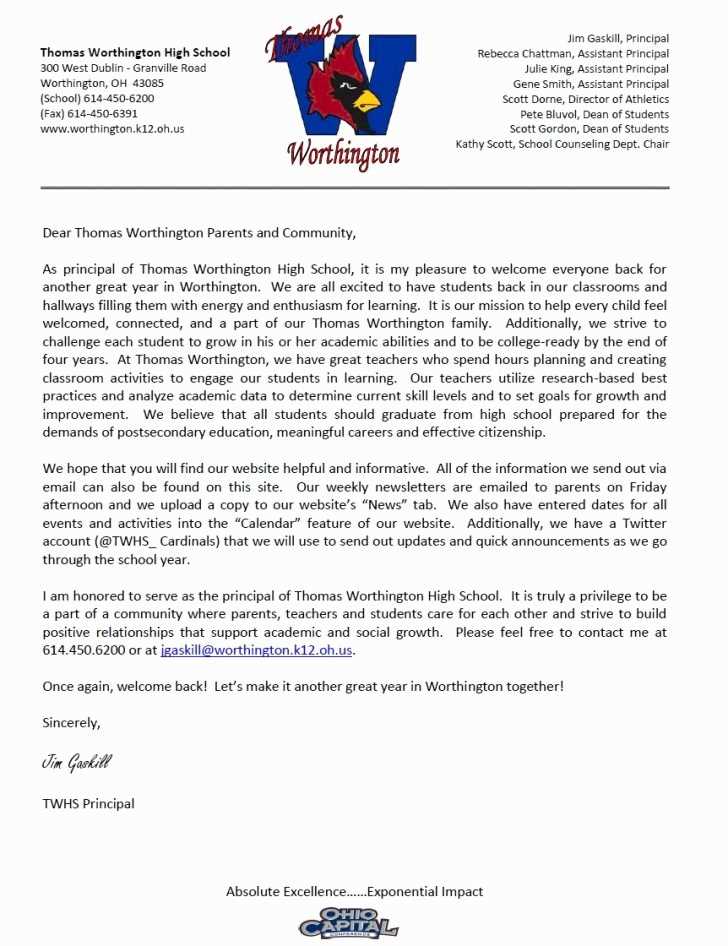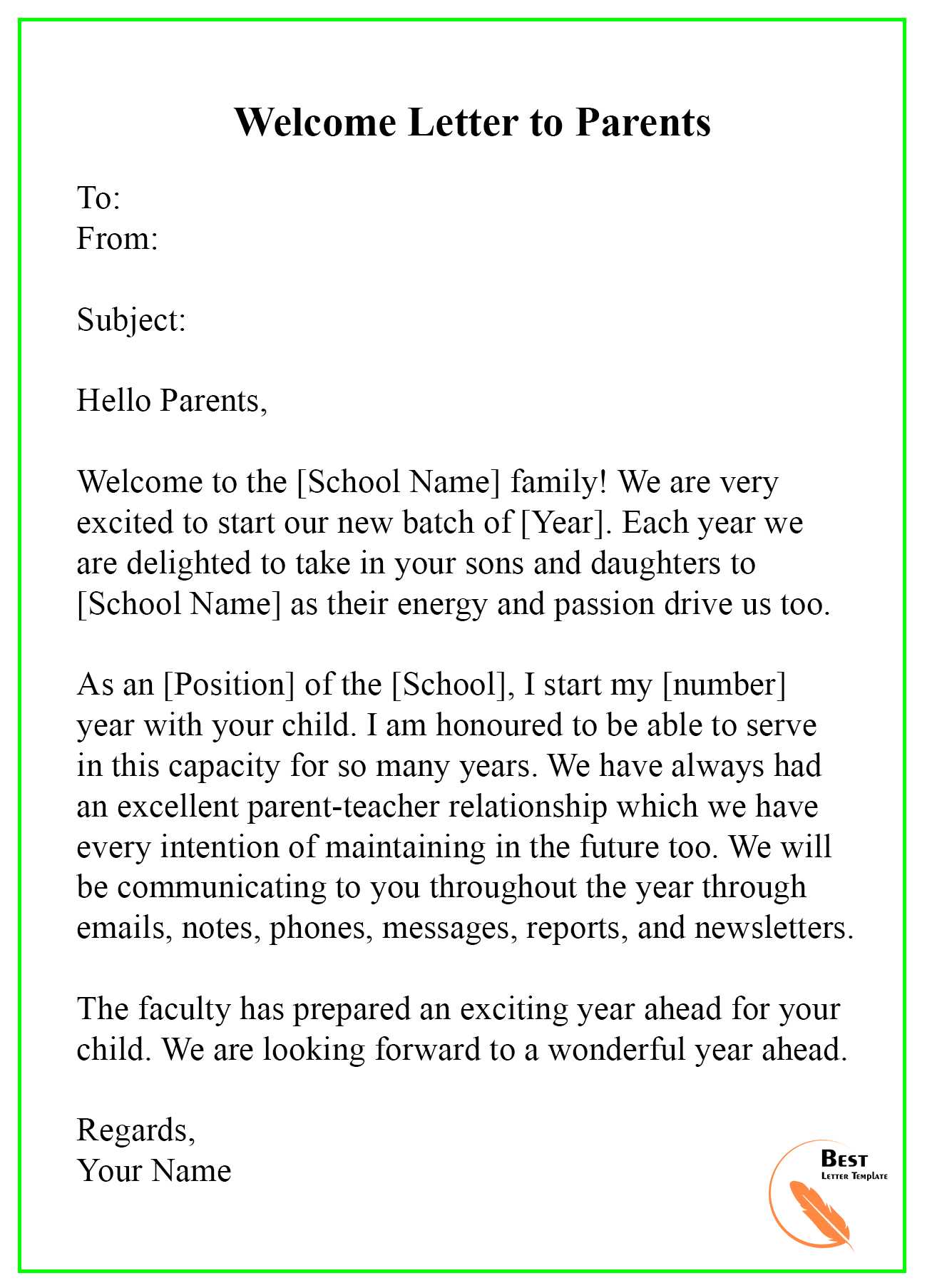Teacher letter home to parents template

Letter Template for Addressing Student Progress
Dear Parents,
It’s a pleasure to update you on [Student’s Name] progress. Over the last few weeks, [he/she/they] have been excelling in [subject/area]. [Student’s Name] is consistently demonstrating strong understanding of the material and is engaging actively during lessons. It’s clear that [he/she/they] are dedicated and work hard to achieve [his/her/their] academic goals. Keep up the great work!
Areas of Improvement
While [Student’s Name] is performing well, there are some areas that could benefit from additional attention. Specifically, [he/she/they] may need more practice with [specific skill or concept]. I recommend focusing on [suggestions or activities] at home to reinforce these skills. If you’d like, we can arrange a meeting to discuss further steps or ways to support [Student’s Name] at school.
Upcoming Activities and Goals

Looking ahead, we will be covering [upcoming topic or unit]. [Student’s Name] is well-positioned to succeed with continued effort. Please encourage [him/her/them] to stay engaged and continue asking questions, as this will help reinforce the lessons. I will continue to track progress and provide updates along the way.
Communication
If you have any concerns or would like to discuss anything further, please do not hesitate to reach out. I am here to support [Student’s Name] and work together for [his/her/their] success. Let’s keep the communication open to ensure the best outcome.
Thank you for your ongoing support!
Sincerely,
[Your Name]
[Your Contact Information]
Teacher Letter Home to Parents Template
How to Begin Your Letter: Key Information to Include
Creating a Positive Tone for Parent Communication
Addressing Specific Student Issues Clearly and Respectfully
Suggesting Ways Parents Can Support Their Child’s Development
Closing the Letter: Fostering Future Collaboration
Formatting and Tailoring Your Letter for Different Situations
Start your letter by addressing the parents with a warm greeting. Include the student’s full name, grade, and class to ensure clarity. Mention the purpose of your communication right away to set the tone. For example: “I am writing to update you on [Student’s Name]’s progress in class.”
Maintain a friendly and professional tone throughout. Use positive language, even when discussing challenges. Begin with accomplishments or areas where the student has shown improvement to build rapport. For example, “I am pleased to see how [Student’s Name] has been improving in [subject or skill].” This encourages a constructive dialogue between you and the parents.
When addressing concerns, be direct yet gentle. Instead of vague statements, provide specific examples. For instance: “I have noticed [Student’s Name] has been struggling with [particular skill or behavior], and this may be affecting their performance in class.” Always avoid placing blame and focus on solutions.
Offer concrete suggestions that parents can follow to support their child. For example: “To help [Student’s Name] improve, you could encourage them to set aside time each day for extra reading or practice.” It shows that you value their involvement and provides a clear path for action.
Close the letter by expressing your commitment to working together for the student’s success. “I look forward to collaborating with you to help [Student’s Name] continue to grow.” Include your contact information and invite them to reach out with any questions or concerns.
Make sure the format matches the situation. Keep the letter concise, polite, and professional. If the letter is addressing multiple issues or is a regular update, organize the content into clear sections. For special cases, such as a sudden issue or incident, keep the tone reassuring and focus on actionable steps.